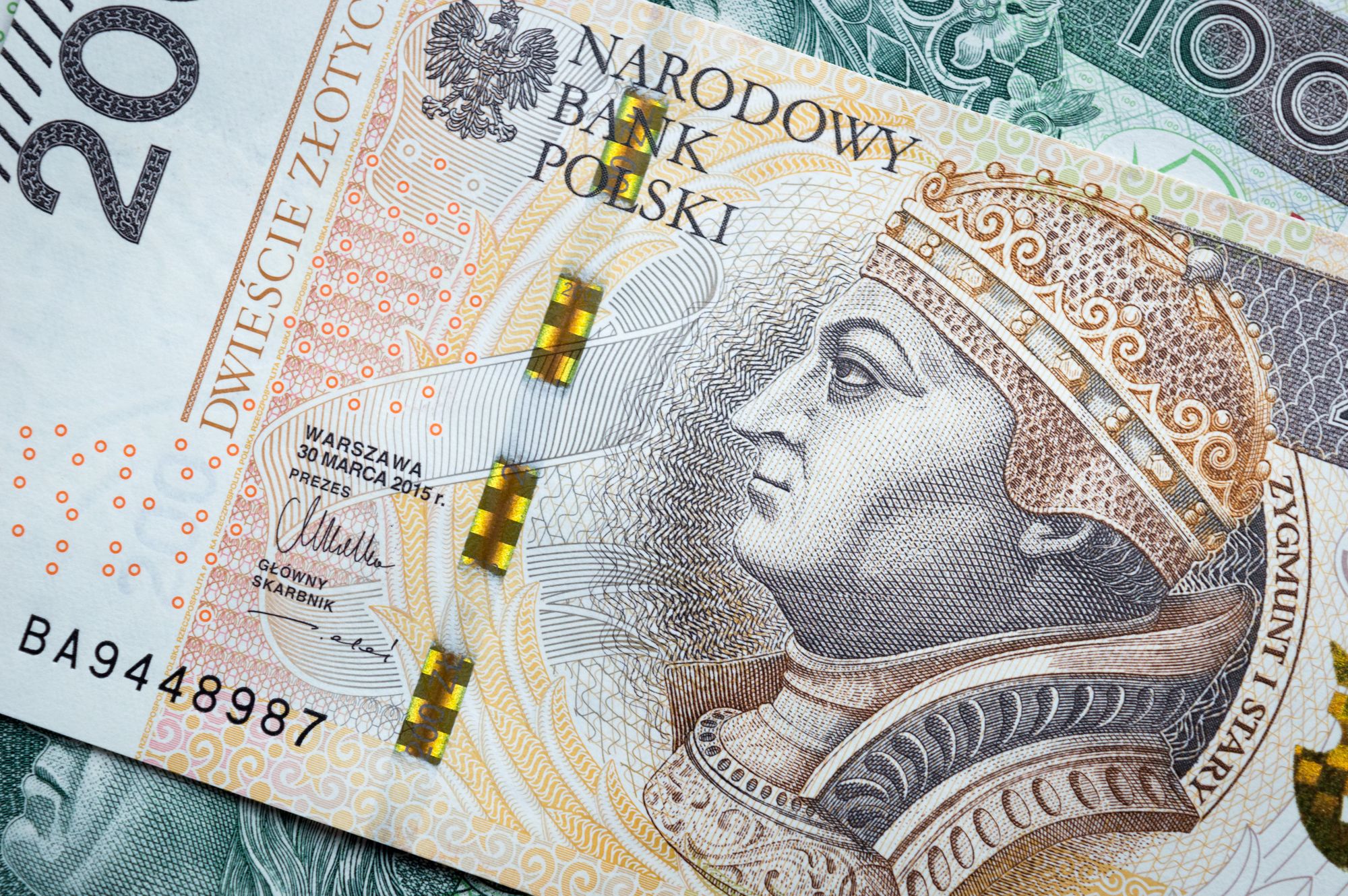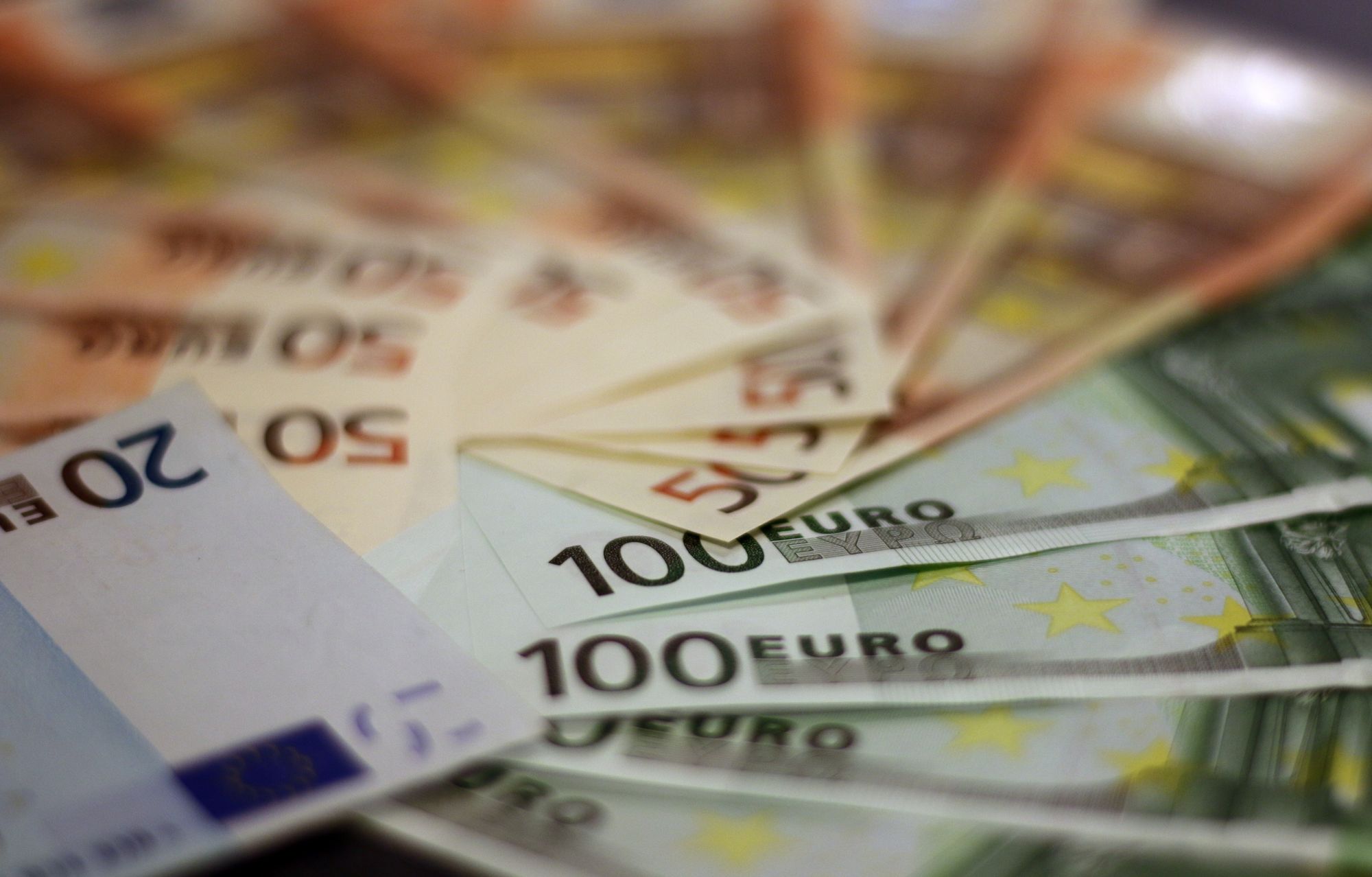Europe, just like the rest of the world, is going through a difficult period, which is far from over. As we finally recovered from the pandemic, Russia attacked Ukraine, and the developed world has been hit by a severe economic and energy crisis. The plight is far from ideal, but what does 2023 hold for us?
Soaring inflation was a crucial challenge for Central and Eastern Europe (CEE) last year. The average inflation rate in the EU in November 2022 was 11.1%, but the CEE countries had much higher figures: inflation reached 16.1% in Poland, 17.2% in Czechia, 15.1% in Slovakia, 14.6% in Romania, and a shocking 23.1% in Hungary. Will the new year bring some relief to the region’s citizens, or is it just a naive hope? What do central bank governors say?
The Governor of the National Bank of Romania (BNR), Mugur Isărescu, predicts a slight decline in annual inflation: from around 16% at the end of 2022 to 11.2% in 2023. It will fall back to single digits just at the beginning of 2024. Adrian Vasilescu, an advisor to the governor of BNR, gave a detailed interview about his predictions for 2023 regarding Romania. He believes the crisis will continue this year, but the inflation rate will become moderate as the goal is disinflation. Romanians cannot expect pre-crisis conditions before 2024. The expert added that he hopes Romania will overcome the crisis without a recession, as many countries are preparing to curb inflation with an inevitable mild recession.
A study by Cluj Napoca’s Babeș-Bolyai University from September 2022 confirmed that the Romanian economy has more chance to avoid recession than the EU as a whole. The Romanian GDP growth rate is expected to slow down more moderately than in most other EU countries. Romania’s GDP growth in 2022 was relatively high, well above 5%; in 2023, it is likely to be much lower, probably even below 2%, but the expected Romanian figure is still higher than most other countries’ forecasts. BNR advisor Vasilescu was confronted in the aforementioned interview that ordinary Romanians do not feel the economic growth from the official figures. The expert acknowledged that there are many shortcomings in the public finances, commerce, and infrastructure, meaning there has been no necessary sustainability behind the economic growth. He concluded the interview by saying, “inflation will slow, but not as much as we would like. 2023 will be a year of struggle. Another year of struggle.”

2022 was also challenging for Poland, and the country faces a relatively bleak outlook for 2023. Polish inflation is unlikely to return to the National Bank of Poland’s (NBP) target range until the third quarter of 2025, according to the November forecast of NBP. The 2023 outlook suggests that the Polish economy will only grow by half a percent and high inflation is likely to remain. The Polish economy had been performing particularly well in recent decades, but it stalled in 2022 with high (well above the EU average) inflation, and the Polish złoty is losing value. The country could even go into recession in 2023, with economic growth and inflation returning to normal levels by only 2024.
Czechia is already facing a recession as the Czech GDP declined for two consecutive quarters. Aleš Michl, Governor of the Czech National Bank (CNB), admitted the recession by stressing that the third quarter data has already confirmed it and the fourth quarter data is expected to signal similar trends. Michl believes we will see the first positive developments in spring thanks to CNB’s new policies. „According to the forecast, inflation will start falling because demand is significantly muffled, and the economy is going into recession,” Michl said, who was appointed in July 2022.
According to Vít Hradil, a Czech economist, Czechia will be more affected by the recession than the rest of the EU. Hradil agrees with Michl that inflation will fall as spring approaches, which will be an inherent part of the economic downturn. The economist thinks that, whether we like it or not, this is the central banks’ only tool to tackle inflation. If people have less money and it is harder to get loans, demand will start to fall, and producers will not be able to afford to raise prices.

Last year was not easy for Slovakia either. Prime Minister Eduard Heger publicly said in September 2022 that the country’s economy is at risk of collapse due to the energy crisis, which was one of the most extreme statements by a head of government regarding the current economic plight. Heger warned that Slovakia might be forced to nationalize the country's energy sector if the EU does not help them. The Slovak political situation became chaotic in December when Heger’s government was ousted due to losing a no-confidence vote; out of the 102 MPs, 78 voted in favor of the motion of no confidence. The new government needs to be formed until June 2023. In addition, convoluted corruption scandals shook Slovakia over the past decades; Heger’s party actually won with its anti-corruption rhetoric in the last election. For example, Peter Kažimír, the Governor of the National Bank of Slovakia (NBS), is still accused of bribery. The internal political tensions are exacerbated by dark economic forecasts; inflation could rise further in 2023, returning to normal only in 2024. Economic growth could also fall sharply, mainly due to skyrocketing energy prices.
Hungary has also had an extremely difficult year with the highest inflation rate in the EU (together with the Baltic countries) and soaring energy prices for businesses. There is no consensus regarding what to expect for 2023, as different experts have different views. Some say that inflation already peaked in December 2022, but others believe that it will further rise during spring, and moderation may only come around autumn. György Matolcsy, the Governor of the Hungarian National Bank (MNB), was unprecedentedly sharp in his criticism of the government’s economic policies at the end of 2022. He said the government’s approach is flawed, and the Hungarian economy is in deep trouble, though not at the edge of collapsing. The government refused to comment on Matolcsy’s remarks officially, but the 2023 Hungarian budget signals that the country’s economy is relatively stable in the region. Moreover, most of the Hungarian population has been protected from directly experiencing the dramatic global rise in energy prices; according to the Hungarian Energy and Public Utility Regulatory Authority (MEKH), Hungarian households had to pay the lowest amount for utilities in the EU in 2022.









